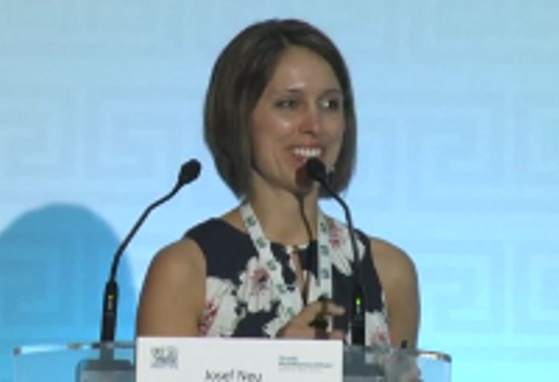Prevention of Atopic Dermatitis Through Hydrolysates

I am Hania Szajewska, the head of the department of pediatrics at the Medical University of Warsaw and one of the research interests of our group are early strategies to prevent allergic diseases in children.
One of the intervention which is commonly used is the hydrolyzed formula.
The problem is that not all hydrolyzed formula provides the same degree of protective benefits. Factors such a protein source, hydrolysis method and degree of hydrolysis often depends on the manufacturer which contribute to the differences among hydrolysates.

We published a paper in Current Medical Research and Opinion.
The aim of this paper was to systematically review and update data on the efficacy and safety of only one type of hydrolyzed formula: 100 % partially hydrolyzed, 100 % whey formula compared with standard infant formula and extensively hydrolyzed formula,in reducing the risk of allergy in healthy infants.
We followed the methodology develop by Cochrane collaboration for systematic reviews and meta-analyses. We identified 15 randomized control trials and we concluded, based on full analysis of the data, that partially hydrolyzed formula compared with the standard infant formula reduced the risk of all allergic diseases.
Particularly the cumulative incidence of atopic dermatitis among children at high risk of allergy. What is important is that the strongest evidence comes from a well-designed and conducted, independently funded trial which is GINI Study (German Infant Nutrition Intervention Study).
So overall all the results of our updated meta-analysis do support current recommendations for the use of hydrolyzed formula with documented efficacy for preventing allergic diseases in children.
See our other experts opinion

Antibiotics Early in Life Alter Colonization and Predisposes to Obesity



Human Milk Oligosaccharides – Compositional Analysis and Metabolism in Infants
